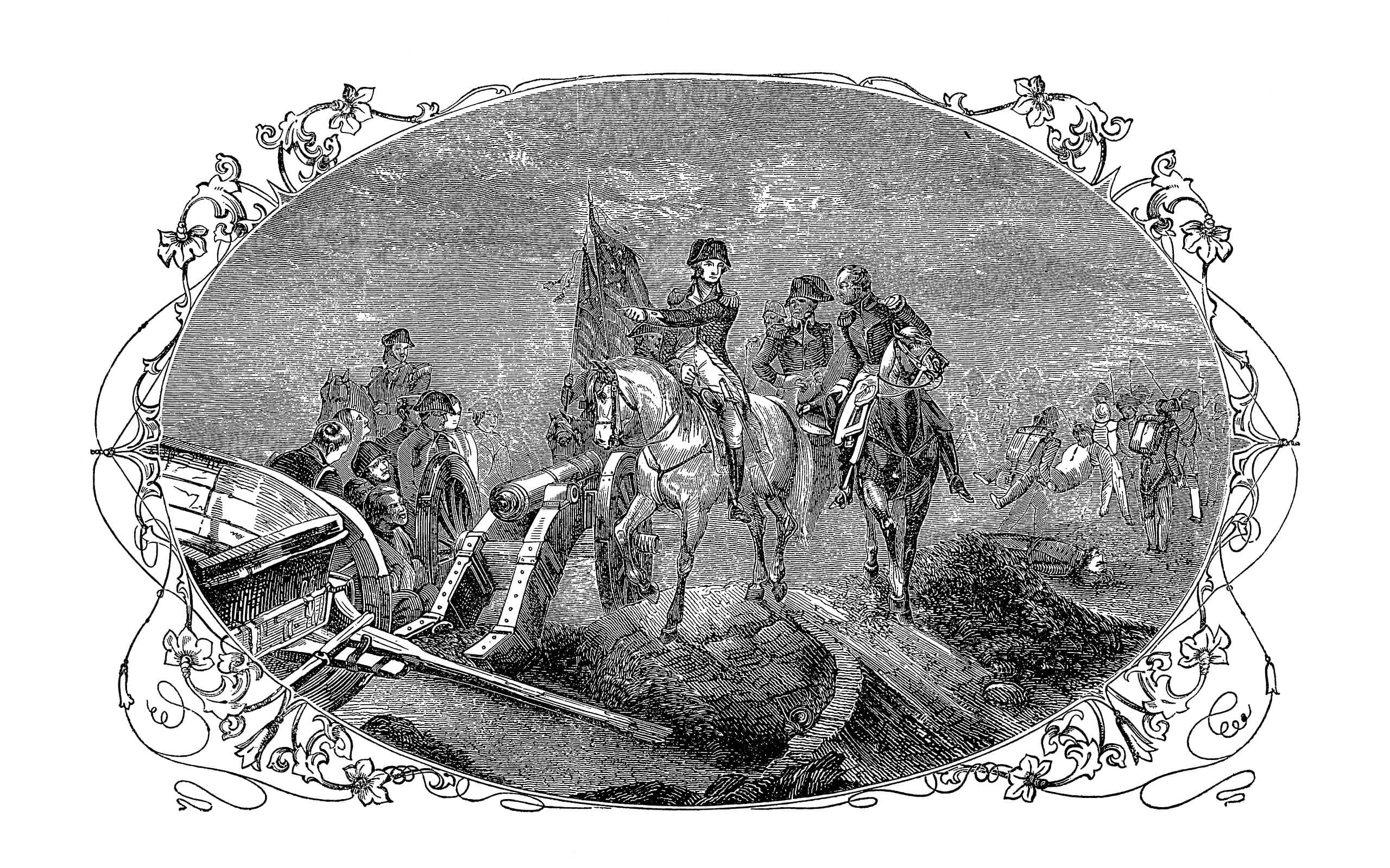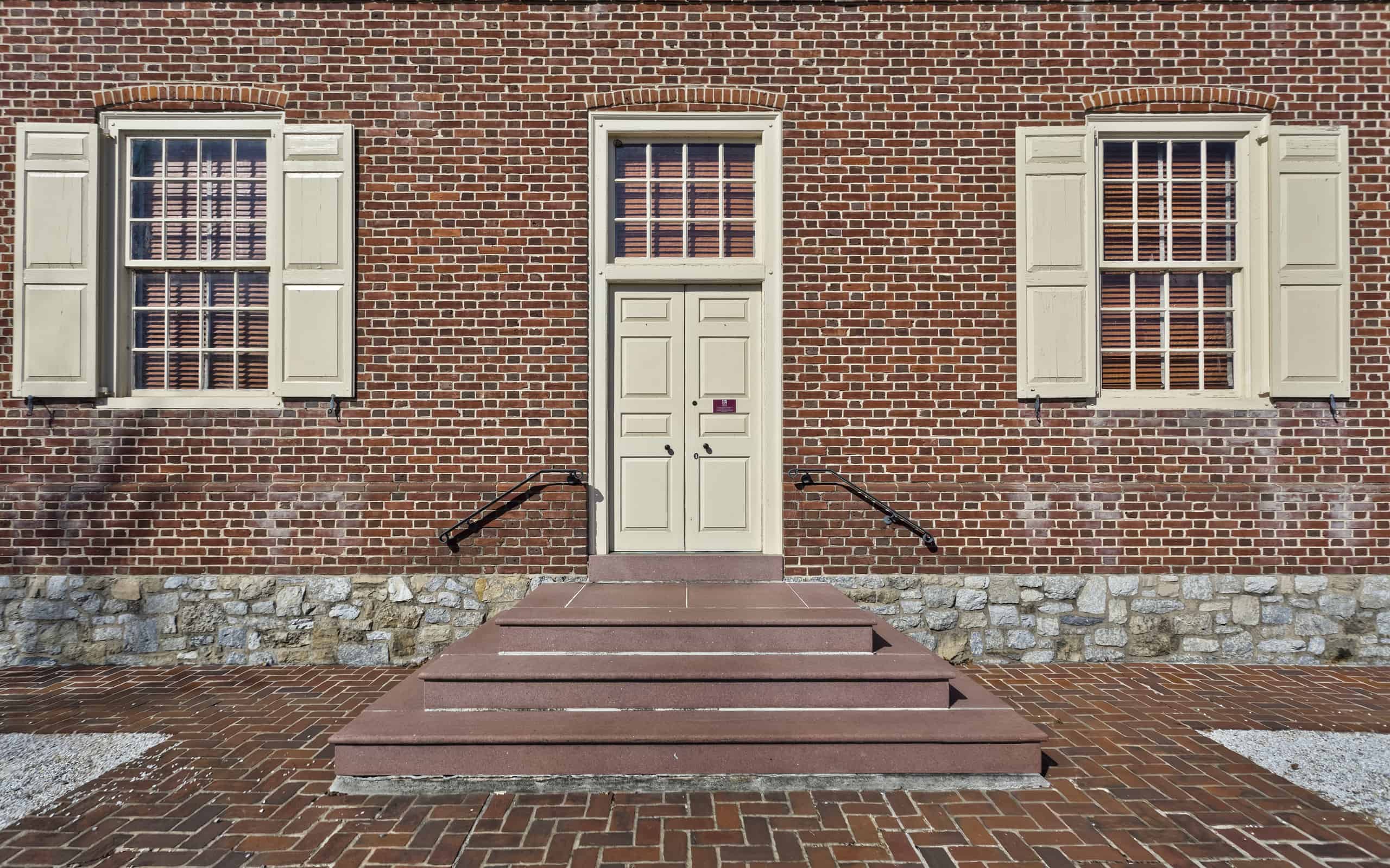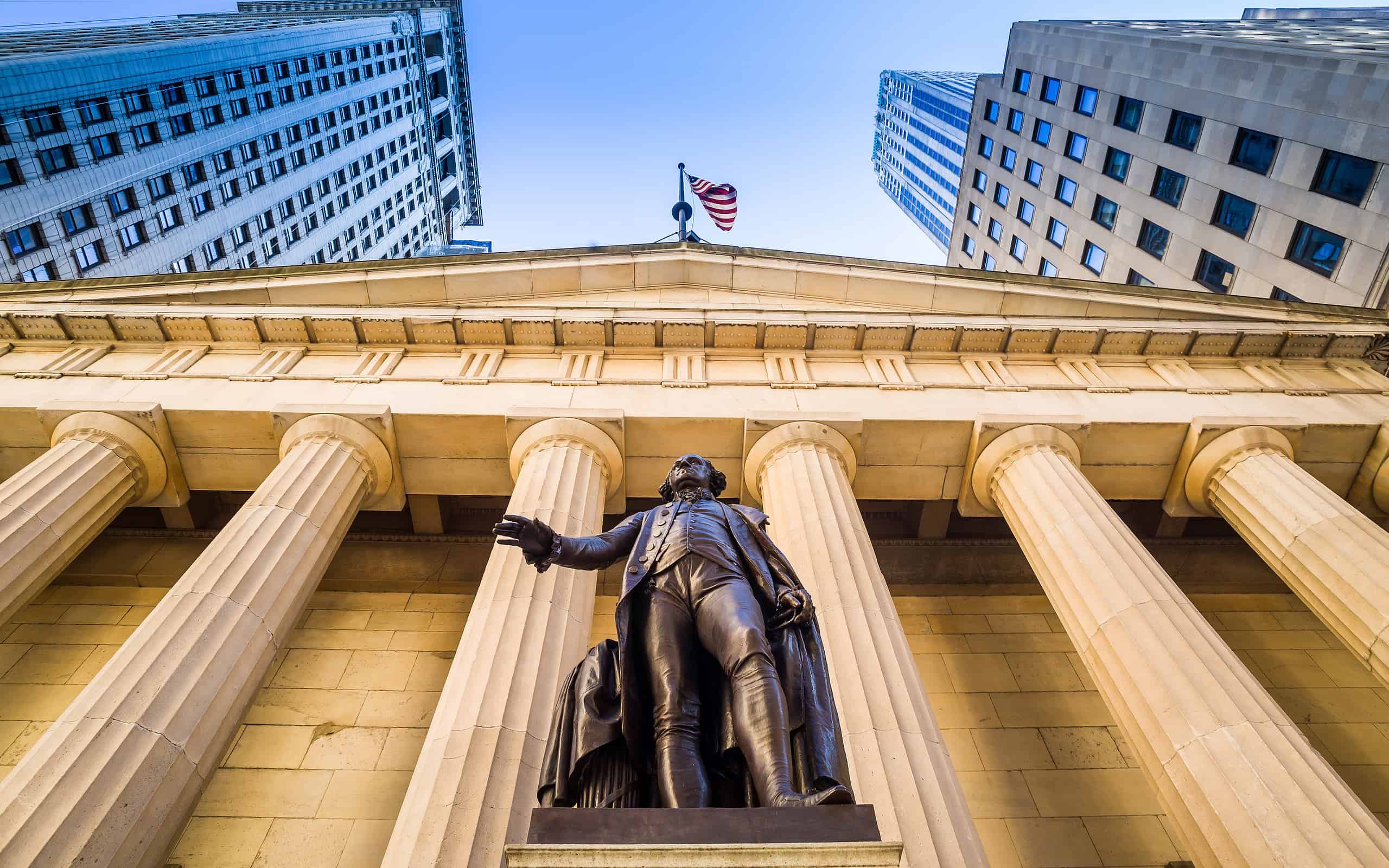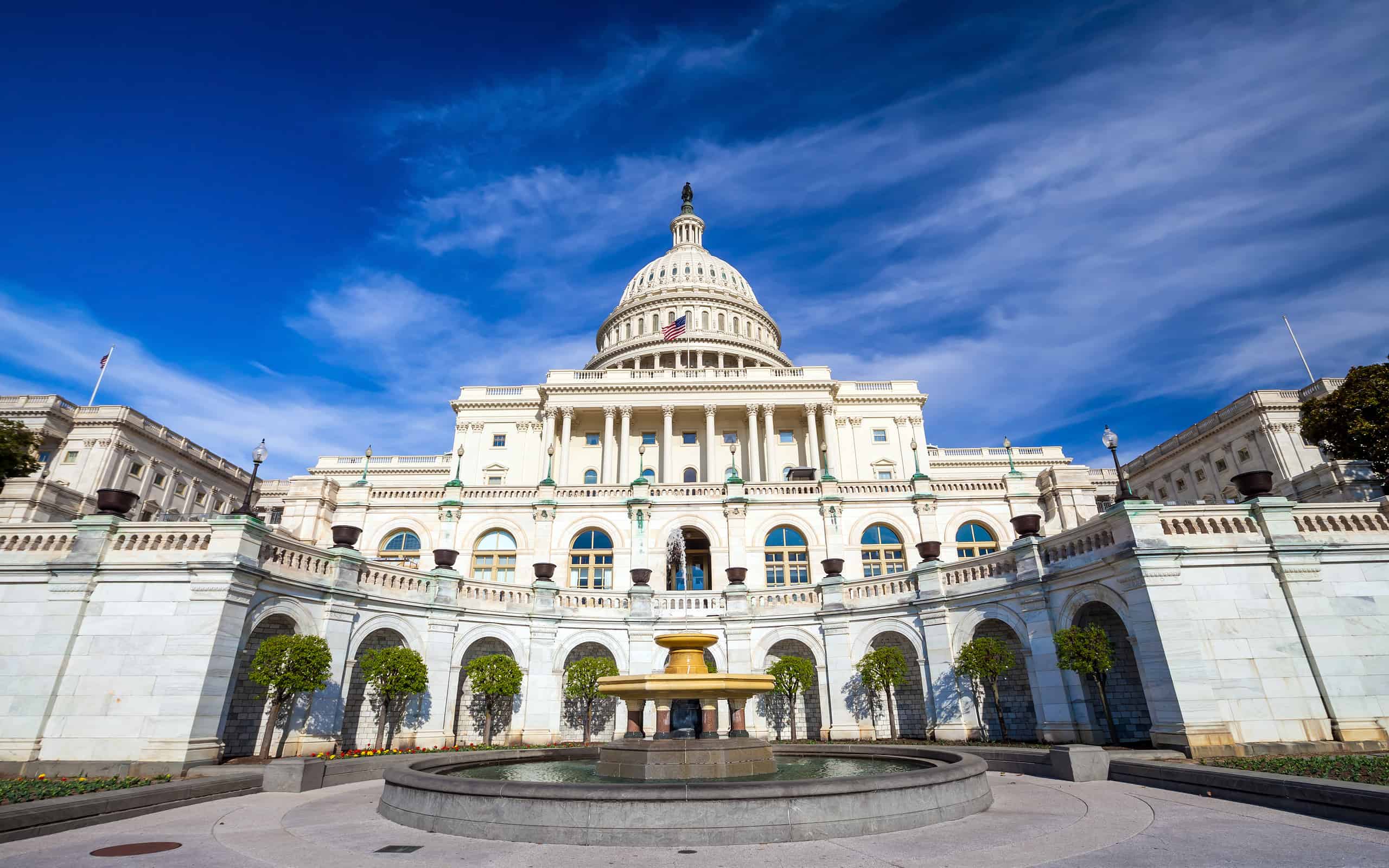Washington, D.C. The capital of the United States. It’s a gorgeous city with magnificent architecture, parks, and so much to do. Monuments abound for the great and those whom history barely remembers. The tallest is for George Washington. The most poignant are the Vietnam War Memorial, the Holocaust Memorial Museum, and the Martin Luther King, Jr. memorial.
You can’t walk a city block without history staring at you. You can visit Ford’s Theatre, where Abraham Lincoln was shot, and then walk across the street to see where he died. You can tour myriad museums at the Smithsonian and see the ruby shoes Judy Garland wore in The Wizard of Oz or the Spirit of ’76, the prop-driven airplane Charles Lindbergh flew during the first non-stop solo flight across the Atlantic.
Washington is also the ultimate seat of political power. It’s where presidents live (and sometimes die) and laws are made (or not). Yet, Washington was not the first capital of the United States. Let’s discover the eight cities that have served as the capital of the U.S. long before Washington was built.
1. Philadelphia, Pennsylvania
It was 1774, and Americans were in an uproar. The king of England, George III, was putting the hammer down on the 13 British colonies in North America. The French and Indian War, which began in 1754 and ended in 1763, had left England in delirious debt. Although the British had ousted the French from most of the continent, it came with a steep price. England could have done one of two things to pay its bills. It could levy taxes on its citizens at home, or it could have the American colonists pay. George III and Parliament decided on the latter.
As a consequence, Britain enacted a bevy of taxes and other acts that angered the Americans. In 1774, after Parliament imposed a series of high-handed restrictions called the Intolerable Acts, delegates from each of the colonies met in Philadelphia at Carpenters Hall during the First Continental Congress. They would reconvene a year later in what was then Pennsylvania’s State House after the American Revolution had already begun.
Capital of a Fledgling Nation
When the colonies declared their independence from England in 1776 and became a new nation, Philadelphia became its first capital. During the American Revolution, Philadelphia would act as the on-again-off-again capital during the Revolutionary War. The city would later serve as the temporary national capital from 1790 to 1800 while workers built a new capital city farther south in what would later become Washington, D.C.
Philadelphia has a remarkable place in American history and life. For the longest time, it was the largest city in the colonies, complete with a bustling seaport, theaters, and a thriving merchant class. It was also the gathering place for the Constitutional Convention in 1787.

Known today as Independence Hall, the old Pennsylvania State House in Philadelphia was one of 8 national capitals.
©SeanPavonePhoto/iStock via Getty Images
2. Baltimore, Maryland
The first days of the new nation were perilous. The well-armed and better-supplied British army was a formidable foe, and there was more than a good chance the new nation would not last. As 1776 drew to a close, the British marched perilously close to Philadelphia. As a result, the Continental Congress fled the city and escaped south to Baltimore. It convened on December 20 at the house of Henry Fite.
Although Congress could have set up shop at the Court House, the delegates gathered at Fite’s house instead. The three-story building, with a spacious attic, stood on the corner of Sharpe and Baltimore Streets. First built as an inn and tavern six years before, Fite rented the house to Congress for three months at 60 pounds.
‘Exceedingly Dirty’
Congress didn’t like Baltimore. As historian Edmund Cody Burnett wrote in 1941, the delegates bitterly complained about the sad state of affairs after escaping to the city. “The town was exceedingly expensive and exceedingly dirty,” Burnett wrote, “that at times members could make their way to the assembly hall only on horseback, through deep mud.” Life was so distasteful in Baltimore that many members of Congress simply didn’t attend many of the official sessions.
Still, Congress got its work done. “We have done more important Business in three Weeks than we had done, and I believe should have done, at Philadelphia, in six months,” Samuel Adams intoned in a letter to his cousin John Adams the following January. Specifically, Congress had made great strides in trying to win foreign support, and “We are about establishing Boards of War, Ordnances Navy, and Treasury, with a Chamber of Commerce, each of them to consist of Gentleman who are not Members of Congress.”
As February drew to a close, it became safe enough for Congress to return to Philadelphia, which they did on March 7, 1777. The Henry Fite House burned down in 1904.

Historic painting of Baltimore, Maryland, once the U.S. Capital.
©William Henry Bartlett / Public Domain – Original / License
3. Lancaster, Pennsylvania
Congress’s return to Philadelphia was short-lived. The summer of 1777 was, once again, an agonizing time. The British were advancing on the city despite the best efforts of George Washington, the commander-in-chief of the Continental Army. Washington and his troopers tried to blunt the British advance at Brandywine Creek but lost the battle on September 11. When news of the defeat reached Philadelphia, its citizens and Congress panicked.
While Philadelphians loyal to the British—and there were many—rejoiced in the inevitable fall of their city, American patriots fled, taking with them anything they could carry. The British approached from the south, which made escape back to Baltimore impossible. Congress couldn’t head north because the British had a huge presence in New Jersey and New York City. Instead, lawmakers headed west to the Pennsylvanian town of Lancaster. They moved into their new quarters on September 27.
Lancaster was the capital for one brief day when the delegates met at the county courthouse. Upon arrival, members of Congress were astonished at what they saw. First, accommodations were sinfully inadequate. Lancaster had little in the way of rooms and eateries. Moreover, the town was only a few day’s march from Philadelphia. The British could attack at any time. With frustration mounting and the cause of liberty growing more tenuous by the day, Congress decided to move yet again. Delegates packed up their belongings and documents and continued westward 25 miles farther across the Susquehanna River.

An 1847 illustration from the Battle of Brandywine that took place on 11 September 1777 between the American army led by Major General George Washington and the British Army.
©Classix/iStock via Getty Images
4. York, Pennsylvania
On September 30, 1777, York, Pennsylvania, became the fourth U.S. capital, although the city’s current residents like to boast—incorrectly—that their fair city was the nation’s first capital. Why the discrepancy? It apparently was a marketing campaign initiated by the city’s Chamber of Commerce in the 1960s. Chamber members justified the moniker by pointing out that in November 1777, Congress passed the Articles of Confederation, the first constitution of the United States. To get technical, the Articles didn’t take effect until the states ratified the document in 1781, long after Congress abandoned York.
Despite this hair-splitting, Congress sat in York for nine months. It returned to Philadelphia the following June. When delegates arrived at the State House (what is today Independence Hall), they found the British had trashed the place. Congress had to move its offices to nearby College Hall because, according to New Hampshire delegate Josiah Bartlett, “the State House was left by the enemy in a most filthy and sordid situation, as were many of the public and private Buildings in the City. Some of the genteel Houses were used for Stables and Holes cut in the Parlor floors & their dung shoveled into the Cellars.”

The Court House in York, Pennsylvania housed the seat of the American government after its retreat from Lancaster .
©Dwight Nadig/iStock via Getty Images
5. Princeton, New Jersey
Princeton was the next stop on the capital carousel, but this time, it wasn’t the British who forced the government to abandon Philadelphia again. This threat came from American soldiers. For all intents and purposes, the American Revolution ended in 1781 when the Americans and French defeated the British at the Battle of Yorktown. When the shooting ended, American delegates went to Paris to negotiate a peace treaty with the British.
While Americans waited for the results of those meetings, Congress had a major problem — it was broke. It could not pay its soldiers, nor could it send them home until a peace treaty was signed. Days turned into months, and the soldiers were getting increasingly frustrated. They wanted their back pay.
On the Road Again
On June 20, 1783, disgruntled troops surrounded the State House, where delegates debated what to do. No one got hurt, and there were no acts of violence. But Congress was miffed. Pennsylvania did not lift a finger to protect the delegates. On June 24, Elias Boudinot, president of Congress, ordered delegates to travel to Princeton and reconvene the government.
On June 20, Congress met at Nassau Hall on the campus of the College of New Jersey, better known today as Princeton University. For four months, Princeton was the new U.S. capital. Delegates met at the college’s library for its regular meetings.

On June 20, 1783, Congress met at Nassau Hall on the campus of the College of New Jersey, better known today as Princeton University.
©Rohit Hirway, CC BY-SA 3.0 <https://creativecommons.org/licenses/by-sa/3.0>, via Wikimedia Commons – Original / License
6. Annapolis, Maryland
On November 4, Congress decided to leave Princeton and move to Annapolis, the capital of Maryland. As the State House dome dripped with water, delegates gathered for their first meeting on November 26, 1783. It remained until August 19, 1784. While in Annapolis, delegates met in the state Senate Chamber. It was at Annapolis that Washington resigned his army commission, and Congress ratified the Treaty of Paris, which officially ended the Revolutionary War.

Watercolor depicting the second St. Anne’s Church and Maryland State House (circa 1794), based on drawing by Charles Cotton Milbourne.
©Based on drawing by Charles Cotton Milbourne, Public domain, via Wikimedia Commons – Original / License
7. Trenton, New Jersey
On November 1, 1784, the nomadic Congress settled into their new digs in Trenton at a building known as the French Arms Tavern. Built in the 1730s as a private residence, the building was one of the largest houses in the town, a stone and stucco building two stories high. Prior to Congress’s arrival, the tavern had been home to Lewis Morris, the governor of New Jersey, who sold it in 1760. In 1780, the building became a tavern.
Not much happened in Trenton. Congress did not take any notable actions, and most of its time was spent trying to get the states to send delegates. Trenton served as the national capital until December 24, 1784. During this brief time, delegates did talk about establishing a permanent national capital.

Allyn Cox, Oil on Canvas 1973-1974, Hall of Capitols House wing, Cox Corridors. In November and December 1784 the Congress met in the French Arms tavern in Trenton, New Jersey.
©Architect of the Capitol, USCapitol, Public domain, via Wikimedia Commons – Original / License
8. New York City
As 1785 dawned, Congress moved yet again—this time to New York City. On January 11, Congress convened on Wall Street at City Hall. It was during this time that it became apparent that the Articles of Confederation were not working. The Articles acted as a treaty of sorts between the states. At the time, each state acted as its own independent nation. Congress had little power over them. Congress did not have the power to tax or to build such things as canals and roads. The weak central government left the nascent nation in tatters.
In 1787, delegates from the states traveled once again to Philadelphia to discuss giving the Articles an extreme makeover. What they did instead was scrap the Articles and write a totally new constitution. Once the states ratified the new document, New York City became the first capital of the new United States of America. Delegates met at the Fraunces Tavern as City Hall was getting its own make-over to house the new government.
Renamed Federal Hall, George Washington became the first president of the United States after taking the oath of office on its steps. Eventually, the new government would return to Philadelphia and Washington, D.C.

Federal Hall in New York City as it looks today
©f11photo/iStock via Getty Images
Thank you for reading! Have some feedback for us? Contact the AZ Animals editorial team.








